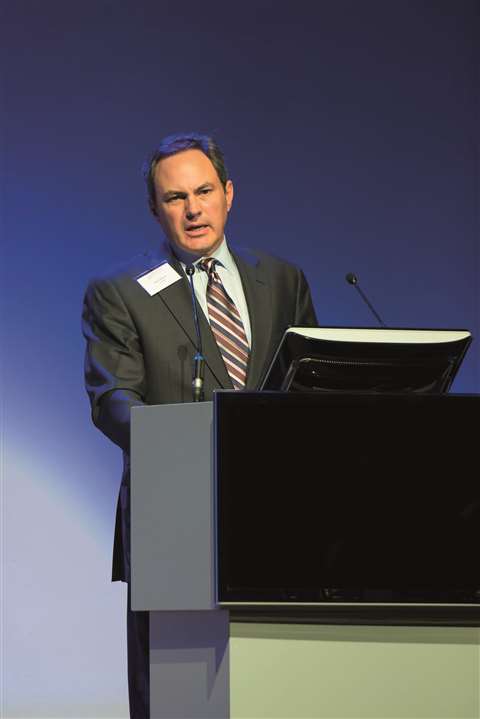Transfer of knowledge: SCRA Comment May 2021
24 May 2021
Companies need to factor in handing over the reins to the next generation, as almost half of the current construction sector workforce are anticipated to retire by 2031, says Joel Dandrea.
The construction sector will globally undergo various evolutions because of product innovation, technology and workforce transformations. However, there is another factor to consider, namely replacing those who will retire.
And shockingly some 41 per cent of the current construction workforce, including those in executive leadership roles, will retire by 2031 according to industry analysts. Yet it is no secret that the post-WWII generation around the world has been exiting the industry in recent years.
As construction will juggle the ongoing skilled-worker shortage in years to come, industry leaders face an additional challenge when considering how to manage this out-migration of experience, talent and wisdom – especially at the executive level.
 Joel Dandrea highlights the fact that businesses “need to identify the knowledge gap before you can cultivate the knowledge transfer”
Joel Dandrea highlights the fact that businesses “need to identify the knowledge gap before you can cultivate the knowledge transfer”
Technology, however, can be implemented relatively quickly with new equipment purchased, delivered and trained on.
Yet leadership takes time and experts claim that it takes a minimum of three years to prepare next generation leaders for executive roles, which in some cases may require more than five years.
Furthermore, it can take anywhere up to 20 years to develop professionals who have just entered the industry into leaders to replace current executives.
This information is all the more reason to now start focusing on how your current leadership can prepare for a successful handover to the next generation within the next decade.
How to fill future staffing shortfalls
Virtually everyone intends to conclude their career on a high note, ideally creating enough momentum for those who follow in their footsteps. Yet just as a successful career does not happen by accident, neither does a productive, momentum-building leadership handover.
As current leaders need to consider this reality, they will need to determine so much. How is technology and the ever-evolving workplace shaping the demands of leaders and the roles that may or may not need to be filled? What leadership roles might not exist but will be necessary in the future? Which types of C-suite roles need to be filled? Which positions might be redundant in ten years?
Asking these types of questions over the next decade, while also seeking to answer them in the most productive way possible, could mean the difference between continued success and a smooth transition for the company – and a complicated, disruptive departure.
If you can identify answers for at least the majority of the these questions, then you should move onto the skills that are (and will be), required to fill those roles.
Then it is time to identify candidates. Who is currently part of your workforce that seems like a logical fit for any one of these potential roles? Will this entire process be in-house? Are you be seeking to bring certain individuals in from the outside? A general idea of who “might” fill certain roles is not going to cut it. Instead need to pinpoint people so that you can start developing them, and articulate to them what this is, so that they take ownership of the process and what it is leading to.
Lastly, you will need to identify the knowledge gap before you can cultivate the knowledge transfer. Vital day-to-day operational skills on any level are vastly different from run-the-company skills. Your next generation leaders will almost certainly require some continued education and training in this regard, which will prove beneficial to both them as well as the company. They will also profit from an established, comprehensive archive of company procedures, strategies, values and much more.
The longer a leader waits to put these steps into practice then the greater the chance that the eventual handover is not just disruptive but challenges the integrity of the company overall, not just today but over the foreseeable future.
STAY CONNECTED


Receive the information you need when you need it through our world-leading magazines, newsletters and daily briefings.




